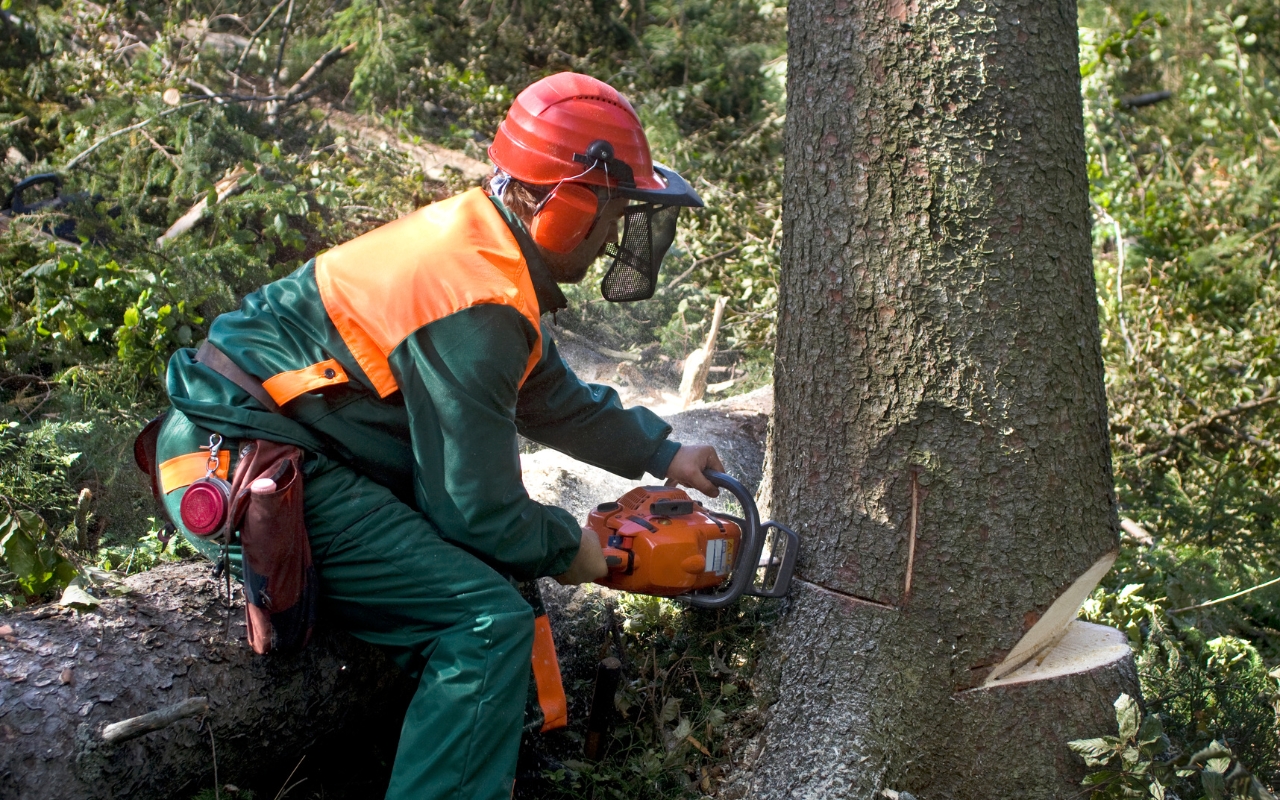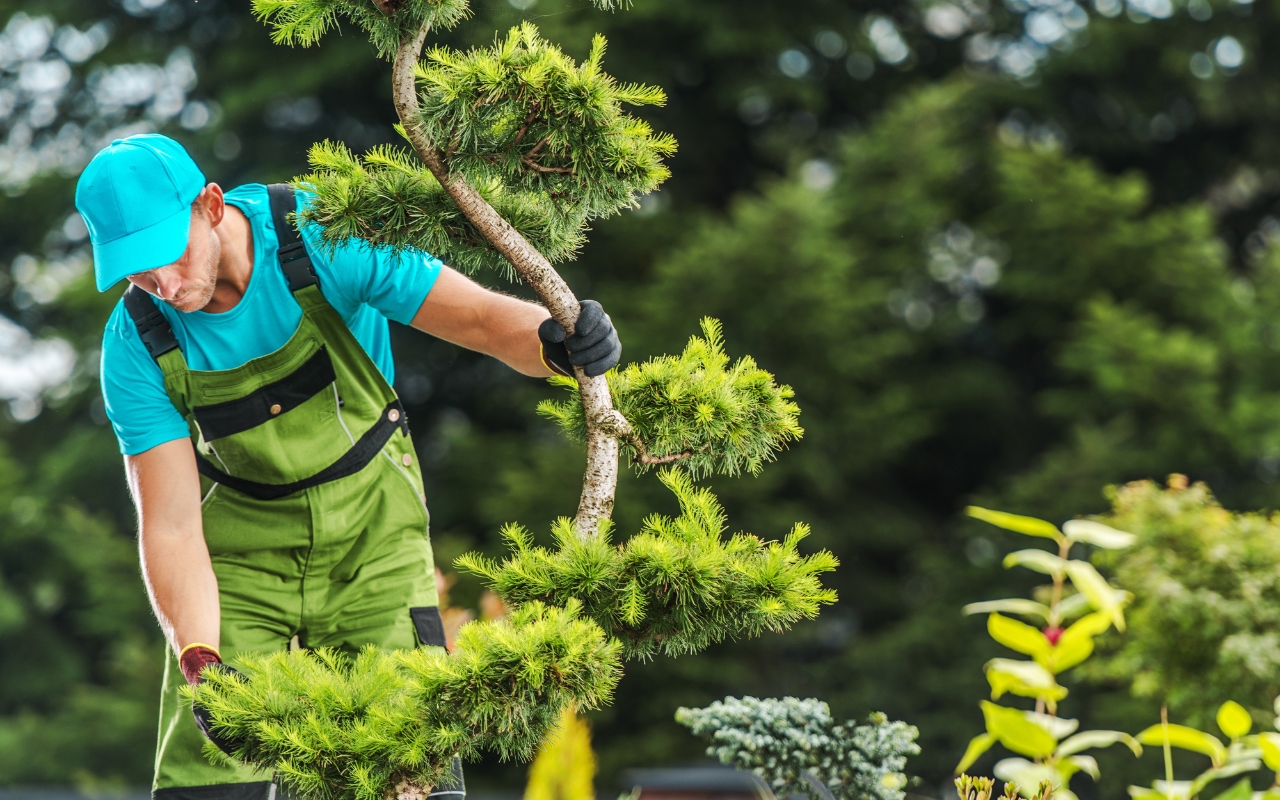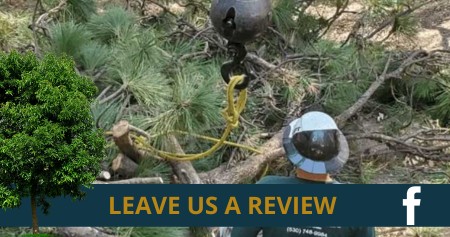
Are you wondering how to safely remove a tree without risking damage to your beautiful landscape? You’re not alone. Many homeowners face this challenge, seeking ways to protect their property’s aesthetics while ensuring safety. This post will guide you through essential steps and precautions to safely remove a tree, giving you the confidence to handle this task effectively and maintain your property’s beauty.
Essential Guide on How to Safely Remove a Tree
Embarking on tree removal requires careful planning and execution. This guide will provide all the necessary steps to ensure your safety and preserve your property’s value and appearance.
Understanding the Basics of Tree Removal
Why Remove a Tree?
- Safety concerns: Prevent potential hazards from weakened or diseased trees that could fall and cause injury or property damage.
- Landscape aesthetics: Improve your property’s visual appeal by removing dead or unsightly trees, which can also help other plants receive more sunlight and nutrients.
- Construction needs: Clear space for new structures or landscaping projects, ensuring the remaining vegetation thrives.

Assessing Tree Health and Risks
Evaluating Your Tree:
- Visual inspection: Check for signs of disease, such as discolored leaves, fungi, or unusual growth patterns.
- Structural stability: Assess the strength of the tree’s trunk and branches, looking for cracks or splits.
- Proximity to structures: Determine the risk to nearby buildings, power lines, or public pathways.
Preparing for Tree Removal
What You Need Before You Start:
- Proper equipment: Safety gear like helmets and gloves, appropriate saws, and heavy machinery if necessary.
- Legal permissions: Verify local tree removal regulations and secure necessary permits to avoid legal issues.
- Professional advice: Consulting with a certified landscaper can provide insights into the best practices for your specific situation, especially for large or complex trees.
The Step-by-Step Process
- Plan Your Approach: Assess the direction of the tree’s fall and plan a clear escape route.
- Notch and Back Cut: Make a precise notch cut on the side you want the tree to fall toward, followed by a back cut to release the tree safely.
- Controlled Descent: If necessary, use ropes or mechanical equipment to guide the tree’s fall, ensuring it lands safely without causing damage.
Aftercare and Cleanup
Post-Removal Practices:
- Stump removal: Depending on your future landscaping plans, you can choose between mechanical stump grinding or chemical treatments to remove the tree stump.
- Debris management: Sort and dispose of the wood, branches, and leaves. If possible, consider recycling or repurposing the materials.
- Soil and landscape recovery: Address any soil compaction caused by the removal process and plan any needed repairs or enhancements to the surrounding landscape.

How to Safely Remove a Tree | FAQs
Q1: When is the best time to remove a tree?
Opt for late winter or early spring when the tree is dormant, which can reduce the impact on the tree and the surrounding ecosystem.
Q2: Can I remove a tree myself?
DIY might be an option for small trees, or you may have experience with it. However, professional help is strongly recommended for larger trees or those near hazards.
Q3: What are the typical costs involved in tree removal?
Costs vary widely based on tree size, location, and job complexity. It’s best to get several quotes to ensure competitive pricing.
How to Safely Remove a Tree | Protect Your Property
By mastering how to safely remove a tree, you can enhance your property’s safety and overall appearance. Remember, the right approach prevents potential hazards and preserves the health of your landscape. If you’re unsure about tackling this task alone, don’t hesitate to contact professionals who can ensure a safe and efficient removal.
Ready to take the next step? Contact us now for expert tree removal services that safeguard your property and enhance its beauty!



